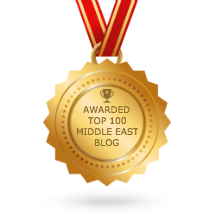Killing Hamas leader garners Israel a tactical, not a strategic success

Yahya Sinwar’s last moments: Source: Israel Defense Forces By James M. Dorsey If you value independent, fact-based analysis, please consider subscribing to my column and podcast. Paid subscribers help ensure the survival of The Turbulent World’s unvarnished journalism that lets the chips fall where they fall. You can contribute by clicking on the subscription button at https://jamesmdorsey.substack,com and choosing one of the subscription options. To watch a video version of this story or listen to a n audio podcast click here . Thank you for your support and loyalty. For the past year, Israel depicted Hamas leader Yahya Sinwar as a coward hiding in Gaza’s fortified underground tunnels shielded by 22 handcuffed Israeli hostages. Drone footage of the Hamas leader’s last minutes released by the Israeli military showed a different Mr. Sinwar. Dressed in military fatigues, badly wounded, and covered in dust in a ruined above-ground apartment after an exchange of fire with




